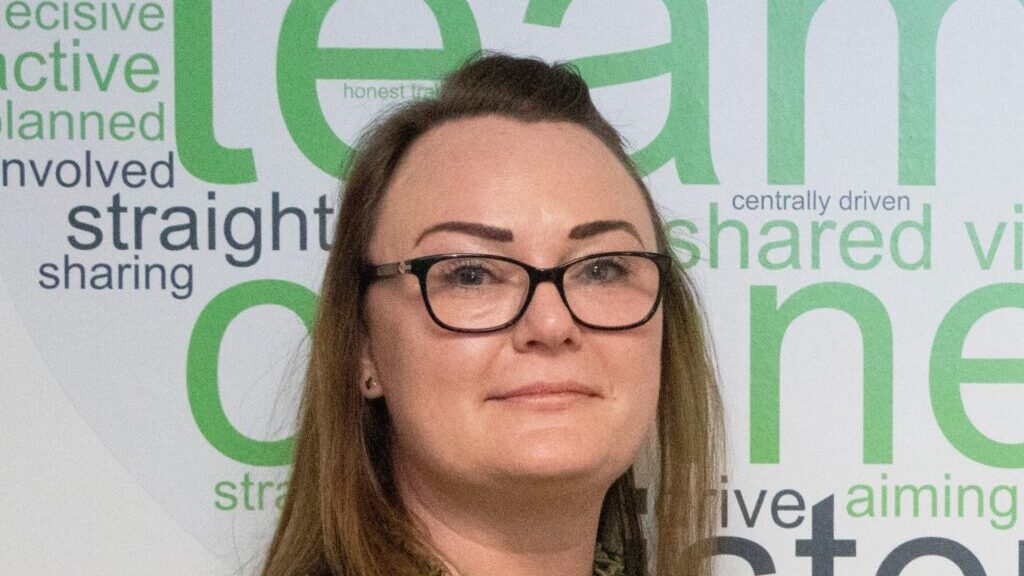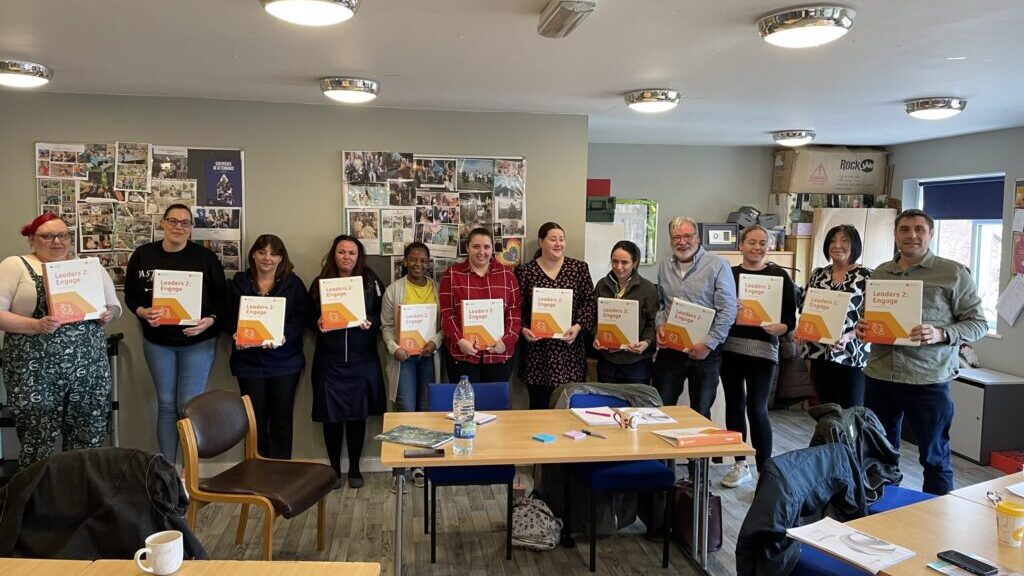Orchard Care Homes achieves 91% drop in significant injuries after PainChek investment

Orchard Care Homes has achieved a 91% drop in significant injuries after introducing the PainChek App at its services.
The care home operator has also achieved a 20% reduction in falls in the last 12 months since adding PainChek to its falls prevention policy and post falls protocol.
Cheryl Baird, director of quality and care at Orchard Care Homes, said: “Managing pain alone is not a silver bullet, but it is important to get this right first, as pain is the most under-recognised symptom experienced by those living with dementia. Whilst we still see slips and trips, the ability to look at potential causes and minimise injury risk has been incredible. A fracture can severely impact an older person living in care, even reducing life expectancy, so this work is vitally important.”
PainChek, which was introduced as part of the Orchard Care Homes’ company-wide Dementia Promise, scans a person’s face in around three seconds and identifies nine micro facial indicators of pain which are difficult to detect by eye. In addition, the app records a series of observations – the person’s vocalisations, movement, behaviour, alterations to their activity and physiological features. Suitable for use by nurses and care staff alike, the process takes under two minutes to complete.
The level of pain is determined by the app and staff use their clinical judgement to determine what analgesia or therapy is to be used to address this. Data on the pain burden for each individual and across the entire home is automatically collated and can be reviewed in line with other elements such as levels of distress, medication use and ultimately engagement in meaningful occupation and activities of daily living.
Baird added: “The automatic prescribing of strong medical drugs following an older person suffering a fracture can lead to drowsiness, which may contribute to further problems, and sometimes reduce the desire to eat too. By continually assessing pain, we can explore alternatives, such as moving to paracetamol, reducing future fall risk and enabling the enjoyment of mealtimes again.
“We are now adding pain identification and monitoring into as many care-related policies and procedures as possible, incorporating this into daily routines. We believe pain must be included in fall risk assessments and support plans. It is essential that we do not assume behaviour is due to dementia and that we always think pain first.”



